Exploring the Benefits of PVC Doors for Modern Home Design and Energy Efficiency
In the contemporary landscape of home design, the integration of energy-efficient materials is becoming increasingly paramount. PVC doors have emerged as a leading choice for homeowners and builders alike, thanks to their impressive durability, aesthetic versatility, and significant energy-saving properties. According to a report by the National Association of Home Builders, homes equipped with energy-efficient doors can reduce energy consumption by up to 30%, contributing to lower utility bills and a smaller carbon footprint. Additionally, the increasing demand for sustainable building materials has positioned PVC doors as a staple in modern architecture, with their installation rates climbing steadily in recent years. As we explore the manifold benefits of PVC doors, it becomes clear that their role extends beyond mere functionality to encompass crucial aspects of style and environmental responsibility, making them a smart investment for today's eco-conscious homeowners.
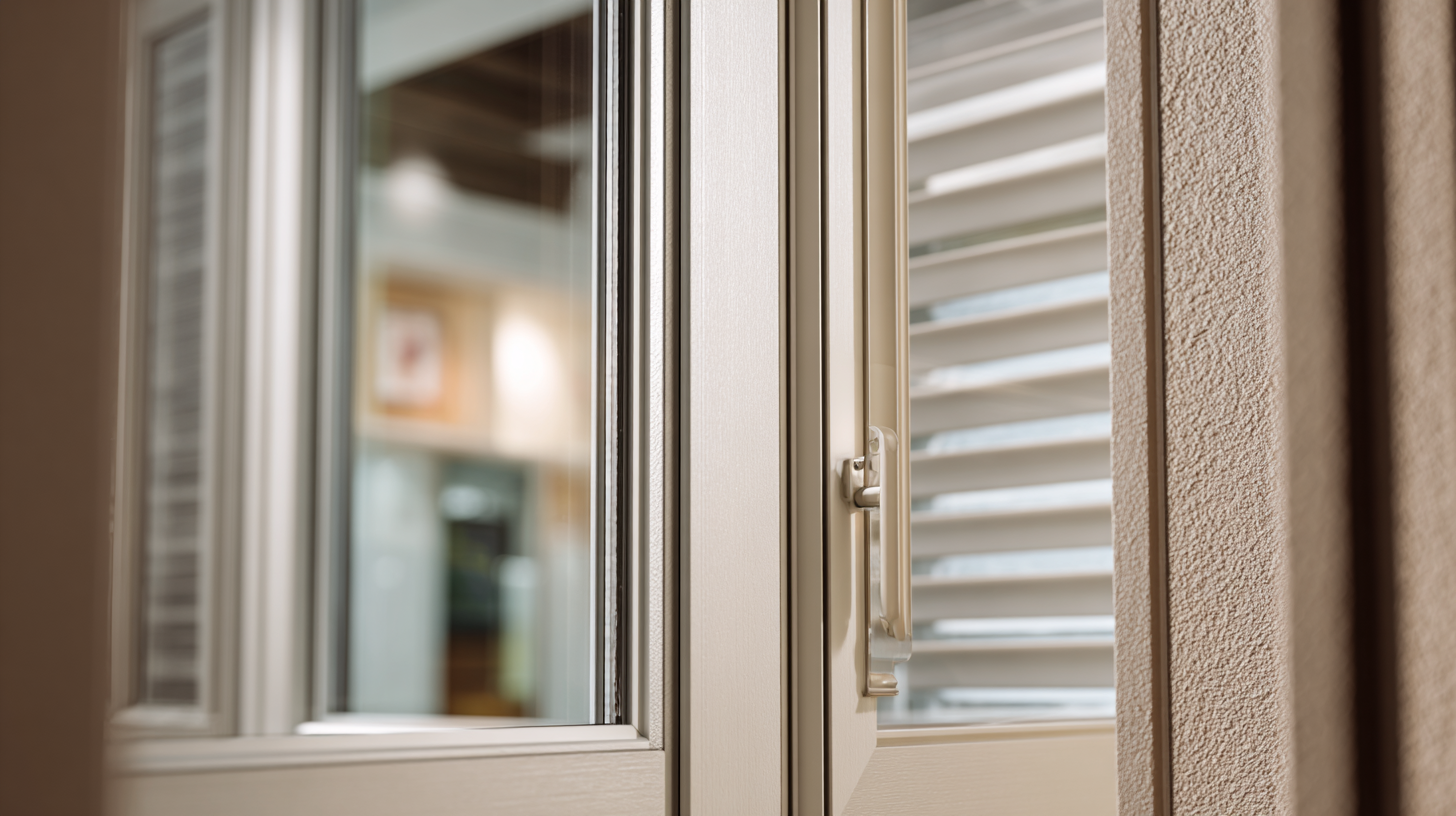
Understanding the Unique Properties of PVC Doors in Modern Architecture
PVC doors have gained popularity in modern architecture due to their unique properties that cater to both design and functionality. Made from polyvinyl chloride, these doors are known for their durability and low maintenance requirements. Unlike traditional wooden doors, PVC doors do not warp or rot, making them ideal for various climates. Their energy efficiency is another critical advantage; they provide excellent insulation, helping to regulate indoor temperatures and reduce heating and cooling costs.
When considering PVC doors for your home, keep the following tips in mind: First, choose a design that complements your overall home aesthetic. PVC doors are available in various styles, colors, and finishes, allowing you to find the perfect match for your decor. Second, ensure that the doors are installed correctly to maximize energy efficiency. A proper seal can significantly enhance insulation and minimize drafts. Finally, look for doors that are certified for energy performance, which can help you score points in sustainability while keeping your home stylish.
Incorporating PVC doors into your modern home design not only enhances aesthetic appeal but also contributes to energy efficiency, making them a smart choice for contemporary living.
Exploring the Benefits of PVC Doors for Modern Home Design and Energy Efficiency
| Feature | Description | Benefit |
|---|---|---|
| Energy Efficiency | PVC doors provide excellent insulation properties, helping to maintain indoor temperatures. | Reduced heating and cooling costs, leading to energy savings. |
| Durability | Resistant to rot, corrosion, and fading; ideal for all weather conditions. | Long lifespan, reducing the need for replacements. |
| Low Maintenance | Requires minimal upkeep compared to traditional wooden doors. | Saves time and money on maintenance costs. |
| Aesthetic Variety | Available in various colors, styles, and finishes to suit modern architecture. | Enhances curb appeal and complements home design. |
| Sound Insulation | PVC doors can reduce outside noise levels effectively. | Increased comfort and privacy within the home. |
Selecting the Right PVC Door Style for Your Home Interior and Exterior
When it comes to enhancing the aesthetics and functionality of your modern home, selecting the right PVC door style is essential for both interior and exterior spaces. PVC doors are available in a variety of designs, ranging from traditional to contemporary, allowing homeowners to find the perfect match for their decor. Consider a sleek, minimalist design for your patio doors to complement an open-concept living space, while a more ornate style can add a touch of elegance to your front entrance.
**Tips:** When choosing a PVC door, pay attention to the color and finish; lighter shades can brighten up a room, while darker colors can offer a striking contrast. Additionally, think about the door's functionality—sliding doors work well for tight spaces, while French doors can create an inviting atmosphere.
Incorporating the right PVC door not only elevates your home's style but also contributes to its energy efficiency. Look for models with good insulation properties and double-glazing to help maintain your home's temperature. A well-chosen door style can also enhance security features, making your home both beautiful and safe.
**Tips:** Always check for certifications indicating energy efficiency levels and durability when selecting your PVC door. Also, opt for customizable options to ensure it fits perfectly within your design vision.
Maximizing Energy Efficiency with PVC Doors: Key Features and Benefits
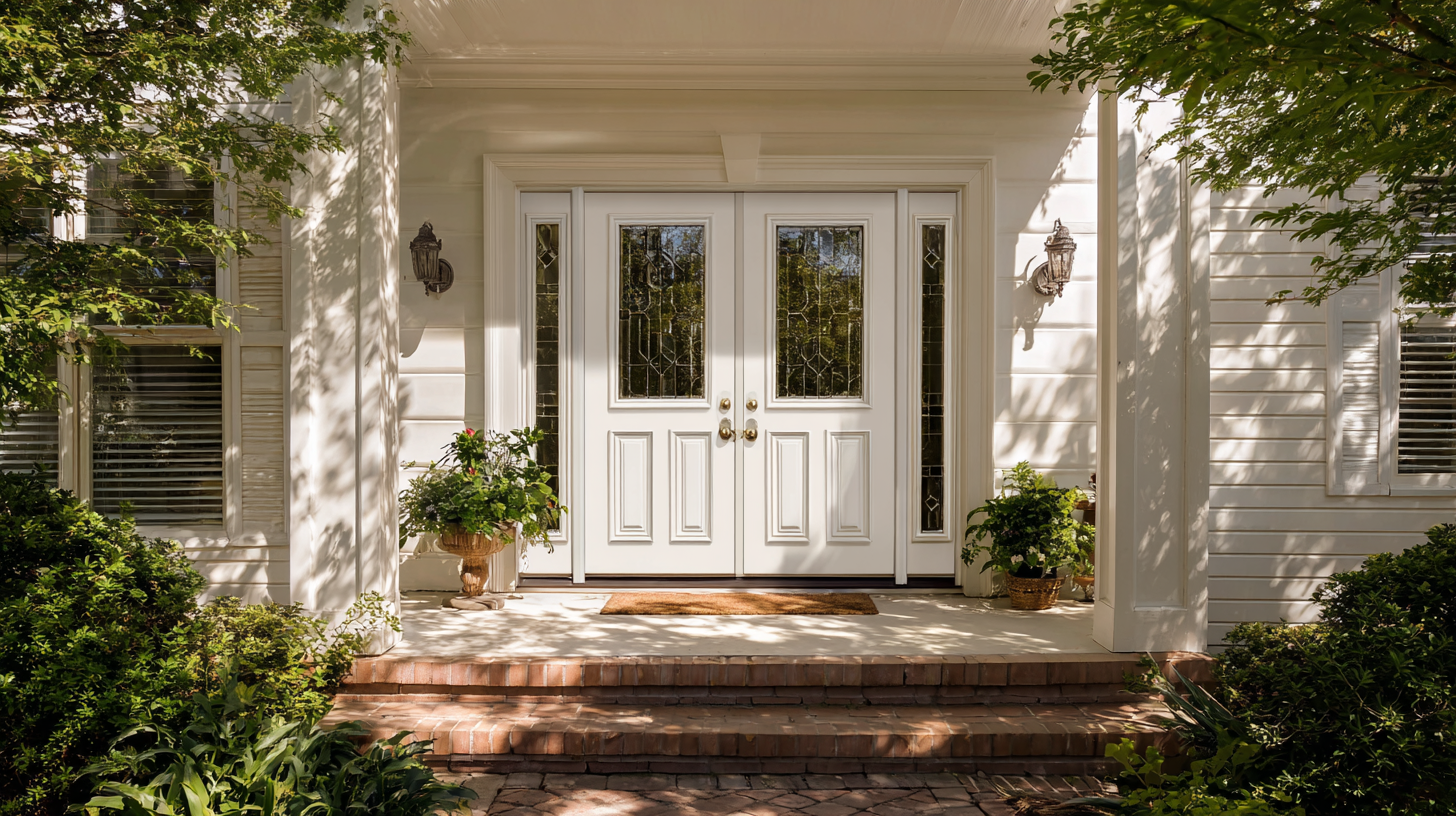 PVC doors have increasingly become a staple in modern home design due to their exceptional energy efficiency and durability. These doors are designed to provide excellent insulation, which can significantly reduce heating and cooling costs. According to a report by the Department of Energy, well-insulated doors can prevent up to 70% of energy loss, making them a smart choice for homeowners looking to enhance their energy performance. The multi-chambered design of PVC doors not only contributes to their strength but also creates an effective barrier against external temperatures, ensuring a comfortable indoor environment.
PVC doors have increasingly become a staple in modern home design due to their exceptional energy efficiency and durability. These doors are designed to provide excellent insulation, which can significantly reduce heating and cooling costs. According to a report by the Department of Energy, well-insulated doors can prevent up to 70% of energy loss, making them a smart choice for homeowners looking to enhance their energy performance. The multi-chambered design of PVC doors not only contributes to their strength but also creates an effective barrier against external temperatures, ensuring a comfortable indoor environment.
In addition to energy efficiency, PVC doors offer various features that cater to contemporary aesthetics and functionality. They are available in a range of styles and colors, allowing homeowners to complement their modern designs without sacrificing efficiency. Recent industry analyses indicate that the use of PVC in construction can lead to a 30% reduction in energy consumption compared to traditional materials. As the demand for sustainable building solutions grows, PVC doors stand out as a viable option driving both design innovation and energy performance, paving the way for more eco-friendly living spaces.
Comparing PVC Doors to Traditional Materials: Cost and Performance Analysis
When evaluating door materials for modern home design, PVC doors stand out not only for their aesthetic appeal but also for their cost-effectiveness and performance. According to a 2021 report by the National Association of Home Builders, PVC doors can reduce energy costs by as much as 30% compared to traditional wooden doors. This significant energy savings is primarily due to the superior insulation properties of PVC, which helps maintain consistent indoor temperatures.
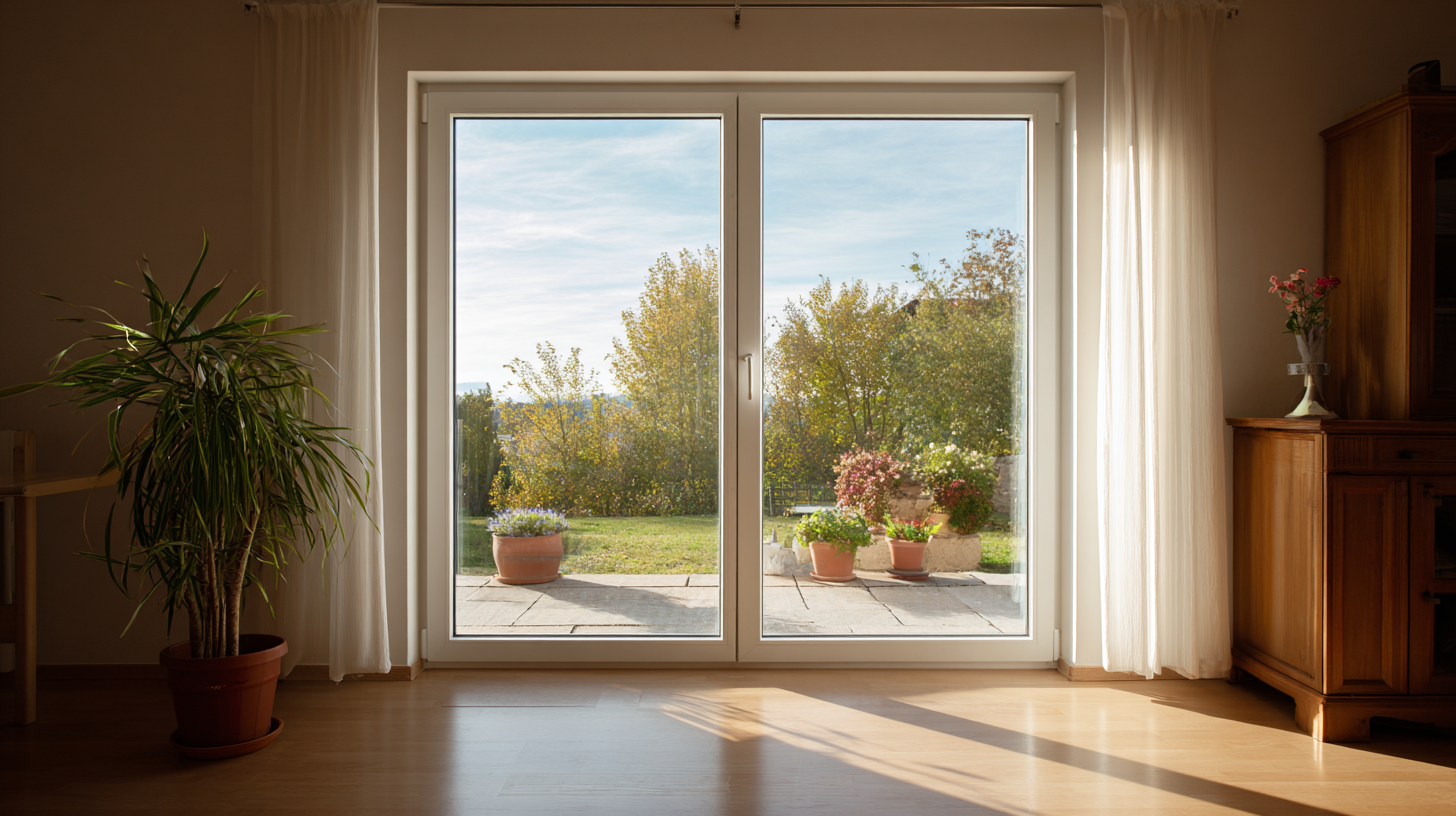
In terms of cost, a comparative analysis reveals that PVC doors are generally more affordable than hardwood options. A study from the American Architectural Manufacturers Association noted that PVC doors can be 20-40% less expensive than comparable wooden doors when factoring in initial purchase price and long-term maintenance costs. Additionally, PVC doors require less upkeep, as they are resistant to warping, rotting, and fading, making them a practical choice for homeowners looking to balance aesthetics and durability in their designs.
The combination of lower upfront costs and energy efficiency showcases why PVC doors are increasingly favored in modern construction.
Maintaining and Caring for PVC Doors: Tips for Longevity and Aesthetic Appeal
Maintaining PVC doors is essential for both their longevity and aesthetic appeal. Regular cleaning is a fundamental step, as dirt and grime can accumulate, dulling their appearance over time. A simple solution of mild soap and water can suffice, ensuring the doors remain pristine. Additionally, avoiding harsh chemicals is crucial since they can damage the surface finish. Using a soft cloth or sponge helps prevent scratches and maintains the door's glossy look.
Another critical aspect of caring for PVC doors involves checking the seals and hardware regularly. Ensuring that weather stripping is intact prevents drafts and enhances energy efficiency, aligning with modern home design principles. Lubricating hinges and handles at least once a year aids in smooth operation and prevents wear. By incorporating these maintenance tips, homeowners can preserve the beauty and functionality of their PVC doors, contributing to a vibrant and energy-efficient living space that complements contemporary architecture.
Benefits of PVC Doors for Modern Home Design and Energy Efficiency
This chart illustrates the various benefits of PVC doors, highlighting their energy efficiency, maintenance requirements, and aesthetic appeal in modern home design.
Related Posts
-
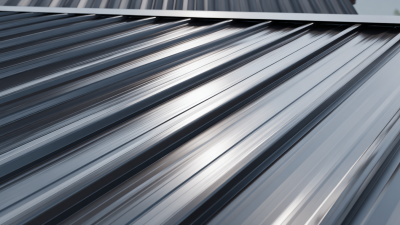
10 Essential Facts About Cladding Sheet You Need to Know
-
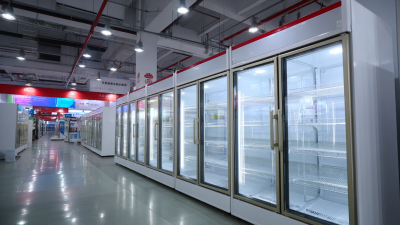
Future of Freezer Panels Industry Highlighted at the 138th China Import and Export Fair in 2025
-
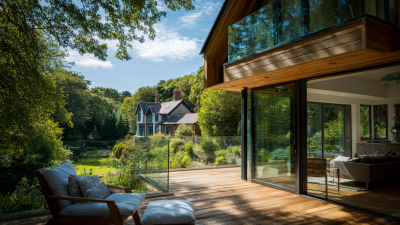
Exploring the Benefits of Composite Windows and Doors: The Future of Sustainable Home Design
-

What are Freezer Panels and How Do They Revolutionize Temperature Control
-
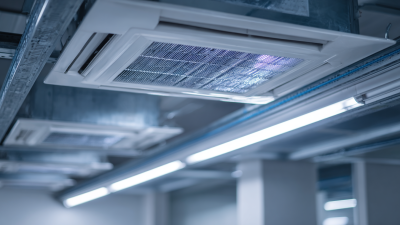
Understanding Cooler Panels: The Key to Energy Efficiency in Modern Refrigeration Systems
-

Revolutionizing Construction: The Rise of Composite Cladding Panels in Modern Architecture